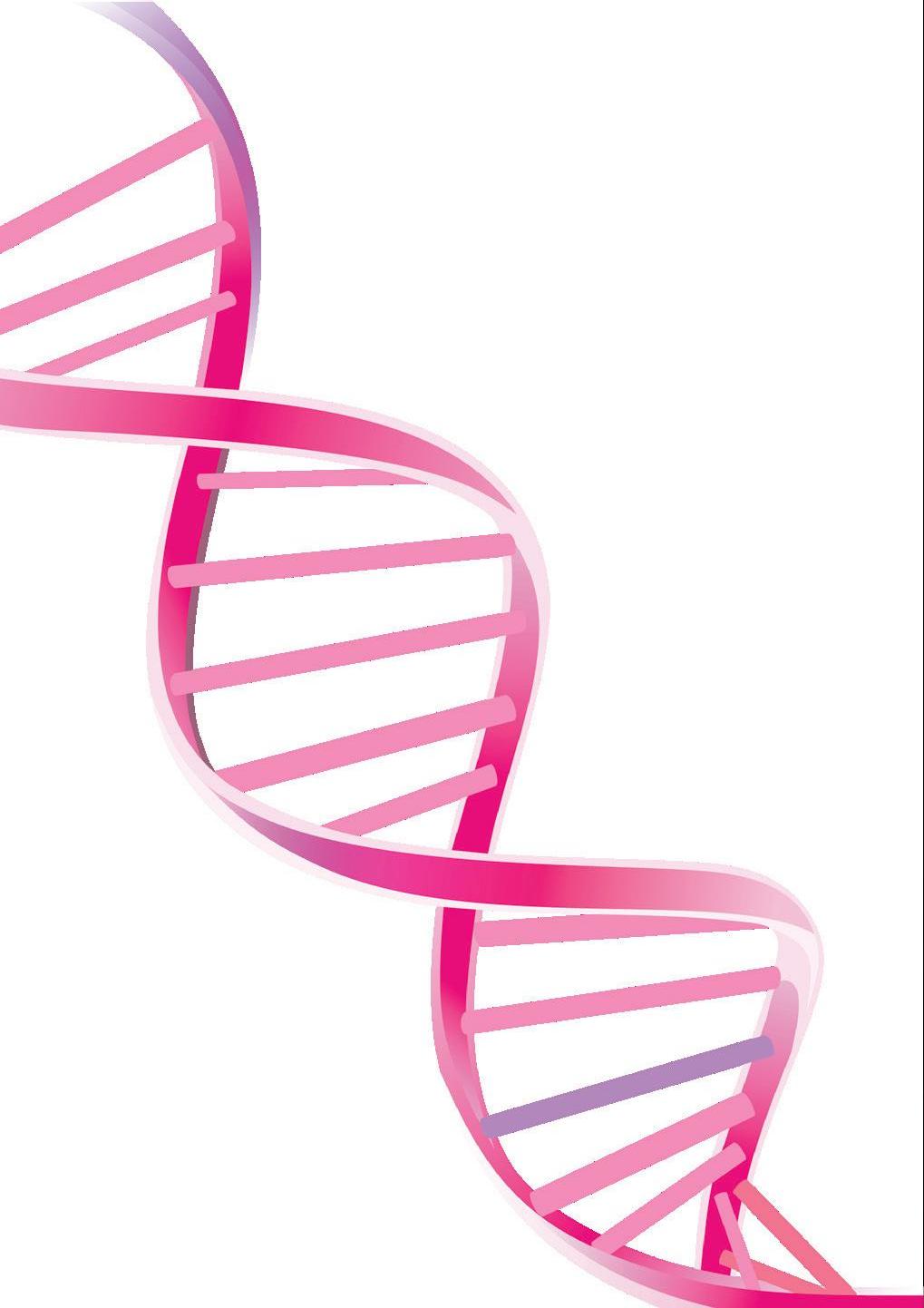PATIENT EDUCATION
Preserving Restoring Sensation after Mastectomy and Reconstruction: What You Need to Know By Anne Peled, MD, & Ziv Peled, MD
In recent years, there’s been a growing focus on the after-effects of breast cancer treatment and breast surgery, with the goal of minimizing any long-term negative impact on breast cancer survivors and previvors. One of the current topics being discussed is the loss of sensation that typically occurs after mastectomy. Losing chest and breast sensation can have significant psychological, functional and relationship effects on women who’ve undergone mastectomy. However, new advances have arrived in breast reconstruction that allow people to preserve and regain sensation after mastectomy. Here are some key issues to consider and understand about breast sensation and the ways to restore it.
1
Although everyone is different, meaningful chest and breast sensation is unlikely to return on their own without careful and thoughtful preservation of nerves during mastectomy. There remains more research needed pertaining to sensation after mastectomy, but studies show unacceptably low rates of return of chest/nipple sensation, and the majority of women do not ever regain sensation to light touch throughout their breasts (let alone any pleasurable sensation). Due to the variable nerve anatomy in the breasts, some women may get lucky and experience a return in sensation over time without active preservation of nerves during surgery – but most women will not. Nevertheless, surgeons are learning ways to carefully look for nerves during mastectomies to avoid injuring them, which can help increase
sensation after mastectomy and minimize the chance of painful nerve endings.
2
When done carefully, mastectomies where sensation is preserved do not compromise cancer outcomes for women having mastectomies for breast cancer treatment or risk-reduction. The goal with any mastectomy – whether for cancer treatment or for breast-cancer risk reduction – is to remove all visible breast tissue. The majority of mastectomies can now be done as nipple-sparing mastectomies, where the entire breast skin envelope is preserved. This procedure is demonstrated to be oncologically safe in several major studies. Nerve preservation during mastectomy is possible when the nerves run in the fatty tissue layer beneath the skin, which can be saved during the mastectomies performed for cancer treatment or prevention. If the nerves don’t have favorable anatomy for preservation (meaning they run straight through the breast and don’t stay in the fatty tissue layer), then they will need to be repaired with nerve grafts to restore breast skin and nipple sensation.
is usually done by taking a nerve with the flap (typically a DIEP flap for this approach) and connecting that nerve to another within the chest wall during the reconstruction. Sometimes a nerve graft is needed to bridge the gap between the nerve in the flap and the nerve in the chest. When nerve reconstruction is done with flaps, reconnection can occur at the time of the mastectomy or a later date if reconstruction is done in a delayed fashion. Nerve reconstruction can also be done with implant reconstruction – in this case, nerve grafts are always required, and this approach is typically best done at the time of mastectomy rather than during a delayed reconstruction or second-stage surgery. For women who opt not to have reconstruction and instead “go flat,” sensation-preserving mastectomies to help keep sensation to the chest skin is definitely an option, either with nerve preservation alone or with the addition of nerve grafting. Many questions still remain regarding ways to restore sensation after mastectomy and reconstruction, but with time, plastic surgeons continue to learn more and provide better outcomes as these approaches become more widespread.
3
Sensation preservation and restoration can be done with different types of reconstruction, as well as for women choosing not to have reconstruction. Nerve reconstruction undertaken at the time of breast reconstruction to improve sensation after mastectomy is becoming an increasingly offered option as more surgeons are trained in the techniques. With flap reconstruction (using a woman’s own tissue to reconstruct the breast), this
ASPS members Anne Peled, MD, breast cancer survivor, and Ziv Peled, MD, practice in San Francisco. They are educators and innovators of novel breast surgery techniques. PSN: BREAST RECONSTRUCTION 2020 l
15












